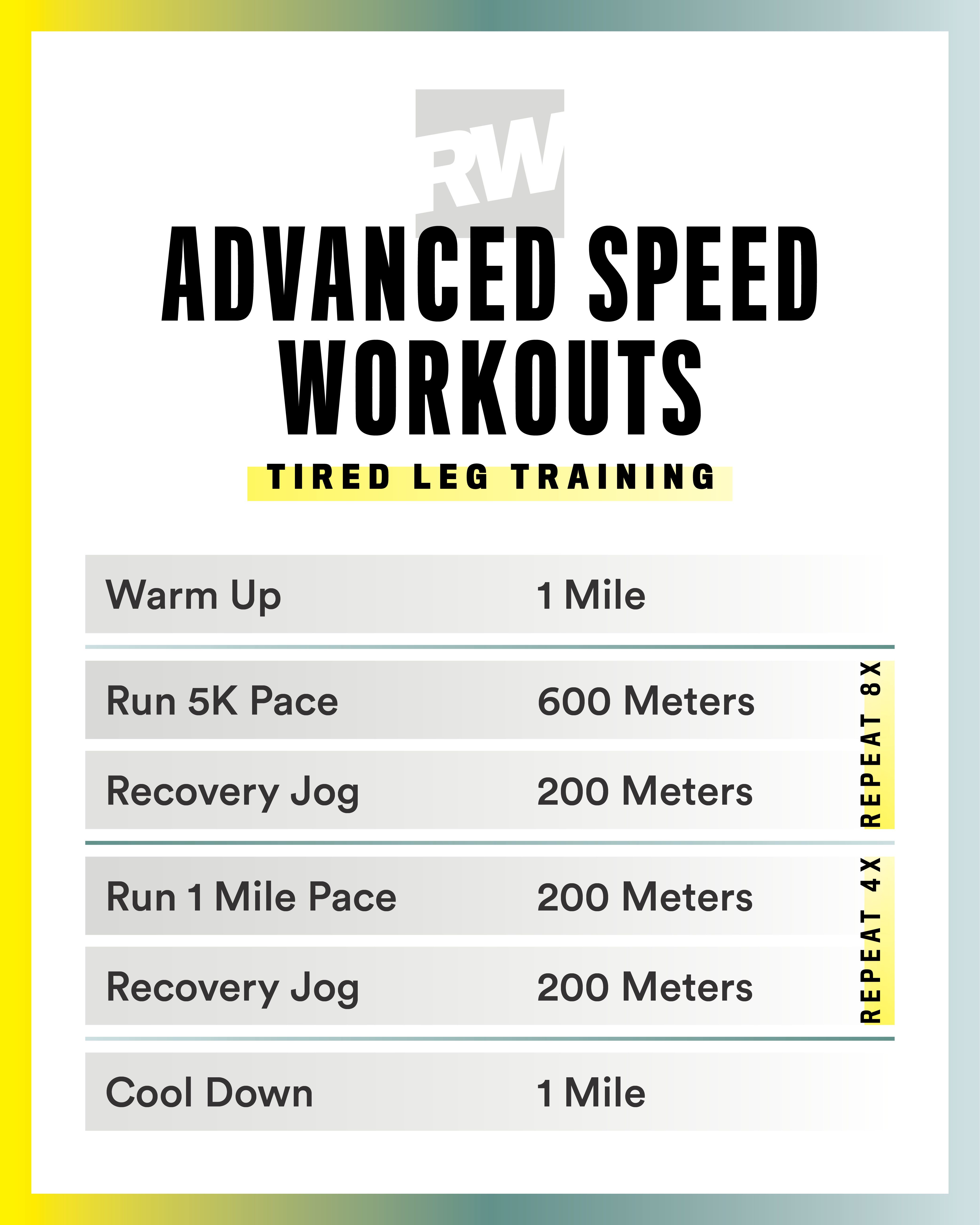Exactly How to avoid and Manage Pain in Running: Specialist Tips and Recommendations
The quest of that jogger's high can often be impeded by the undesirable buddy of discomfort. There exist tried and tested strategies and experienced recommendations that can help alleviate and manage these discomforts, permitting you to focus on the pleasure of running itself.
Importance of Appropriate Shoes
Proper footwear plays a critical function in preventing and handling discomfort for joggers, as it considerably affects their convenience, performance, and general foot wellness. When it concerns running, using the right shoes can make all the difference. Uncomfortable or inappropriate footwear can result in a host of problems such as sores, shin splints, plantar fasciitis, and a lot more serious injuries like stress and anxiety fractures.
Choosing the proper running footwear involves thinking about aspects such as foot kind, gait auto mechanics, running terrain, and individual choices. Joggers with high arcs might require more cushioning and support, while those with flat feet may take advantage of security footwear. In addition, understanding pronation (the internal rolling of the foot) and supination (the exterior rolling of the foot) can assist in selecting footwear that supply the best degree of arch assistance.
Buying top quality operating shoes that are appropriate for your individual needs can aid protect against discomfort and discomfort while boosting your running experience. Focusing on appropriate footwear is not nearly efficiency however additionally about securing your foot health and wellness in the future.

Efficient Warm-up Strategies
Shoes choice is just one aspect of preparing for an effective run; one more crucial element is applying effective workout methods to optimize performance and decrease the threat of injury. A vibrant workout routine prior to a run assists enhance blood flow to the muscles, boosts versatility, and enhances the array of movement of the joints. Dynamic stretches like leg swings, high knees, and hip circles are useful in preparing the body for the physical demands of running. Progressively boosting the intensity of the workout exercises can help activate the muscular tissues and improve neuromuscular control.
Along with vibrant stretches, integrating some light cardio workouts such as jogging or missing rope can further raise the heart rate and heat up the body. This mix of dynamic extending and light cardio helps loosen up limited muscle mass, oil the joints, and mentally prepares the jogger for the upcoming workout (running strategy). By making workouts a regular component of your running routine, you can dramatically minimize the threat of injuries and perform at your finest throughout each run
Secret Stretching Exercises
When planning for a run, incorporating crucial extending exercises is crucial to improve muscular tissue flexibility and stop injuries - Read More. Dynamic extends such as leg swings, high knees, and hip circles are beneficial for heating up the muscles and boosting variety of movement prior to a run. These movements assist improve blood flow, loosen up limited muscles, and prepare the body for the task in advance
Static stretches like calf stretches, hamstring stretches, and quadriceps stretches must adhere to a run to help in muscular tissue recovery and stop rigidity. Holding each go for 15-30 seconds enables the muscular tissues to kick back and lengthen, reducing the danger of post-run discomfort and possible injuries.
In addition, incorporating yoga exercise poses like down canine, pigeon present, and back spins can target numerous muscle mass groups at the same time, promoting overall adaptability and strength. Consistent stretching routines not just enhance performance yet also assist in preserving great running kind and avoiding overuse injuries. Keep in mind, appropriate stretching methods are crucial for a safe and enjoyable running experience.
Healing and Rest Techniques
After finishing a run, executing effective recuperation and rest strategies is vital for optimizing performance and reducing the threat of injuries. Furthermore, integrating rest days right into your training routine is vital to protect against overuse injuries and exhaustion.
Energetic recovery methods such as mild extending, foam rolling, and yoga can aid enhance blood circulation, minimize muscle discomfort, and boost versatility. It is additionally valuable to prioritize hydration and nutrition post-run to renew electrolytes, glycogen shops, and advertise muscle mass recuperation.
Cross-training tasks like swimming or biking can supply a break from the repetitive influence of running while still preserving cardio fitness - running strategy. Listening to your body and identifying when it needs a break is crucial to stop persistent injuries and making sure long-lasting running success. Bear in mind, remainder is not an indication of weakness but an important component of an all-around training regimen
Cross-Training Advantages

It enables you to function on different facets of health and fitness that may not be targeted exclusively through running, leading to a much more well balanced and well-rounded athlete. Additionally, cross-training can aid improve running performance by attending official website to muscle imbalances and weak points that might hinder performance.
Verdict
In conclusion, correct footwear, warm-up strategies, extending exercises, healing approaches, and cross-training are vital parts in avoiding and handling discomfort in running. By including these practices into your regimen, you can reduce the danger of injury and pain while making best use of efficiency and enjoyment of the sport. Read More. Remember to listen to your body, focus on remainder and recovery, and look for specialist assistance when required to ensure a risk-free and reliable running experience